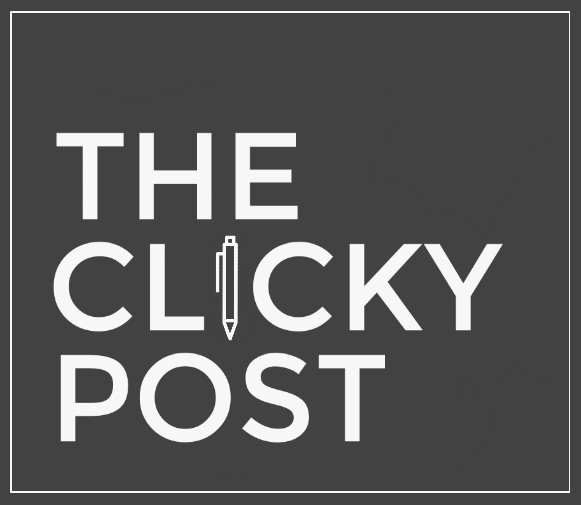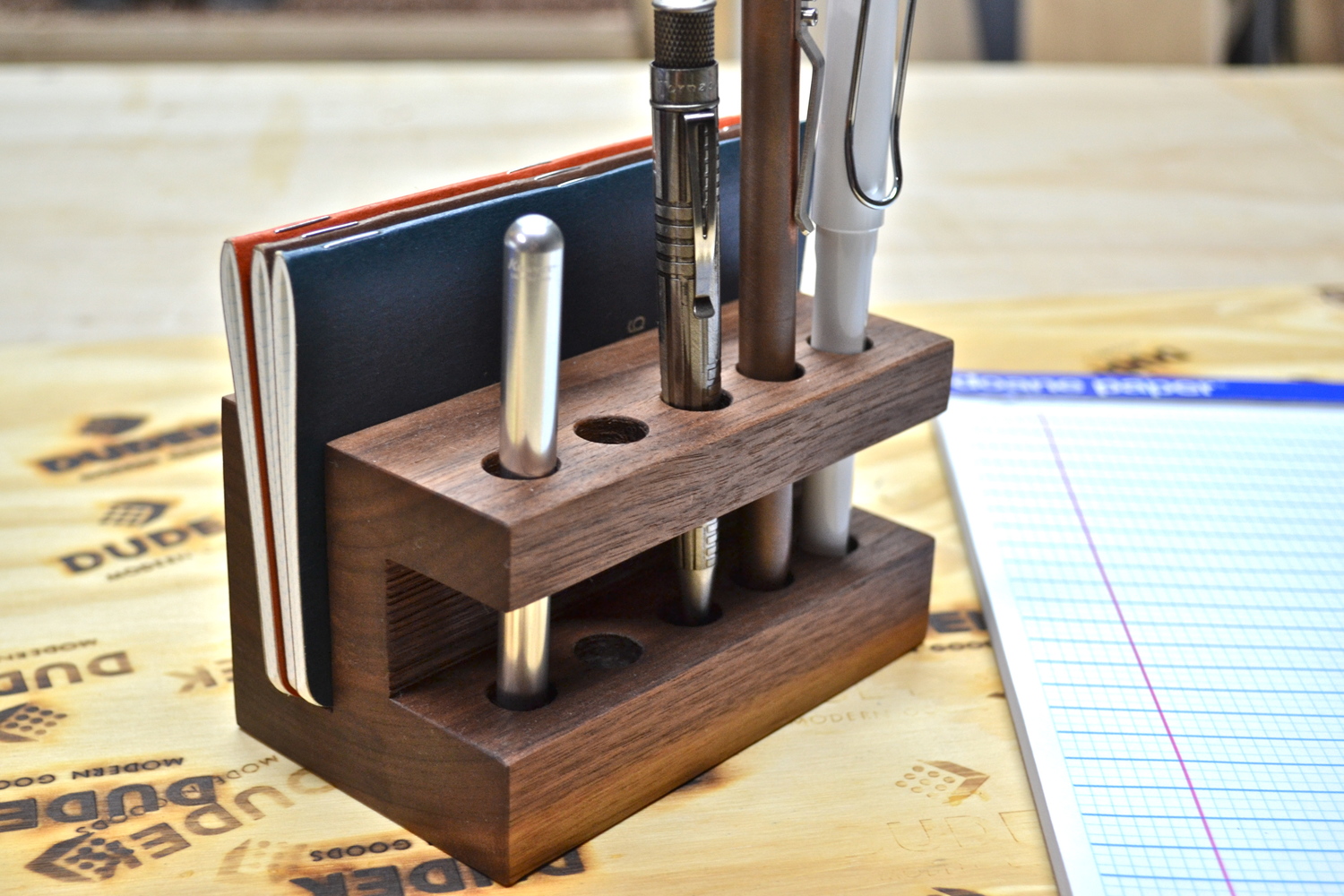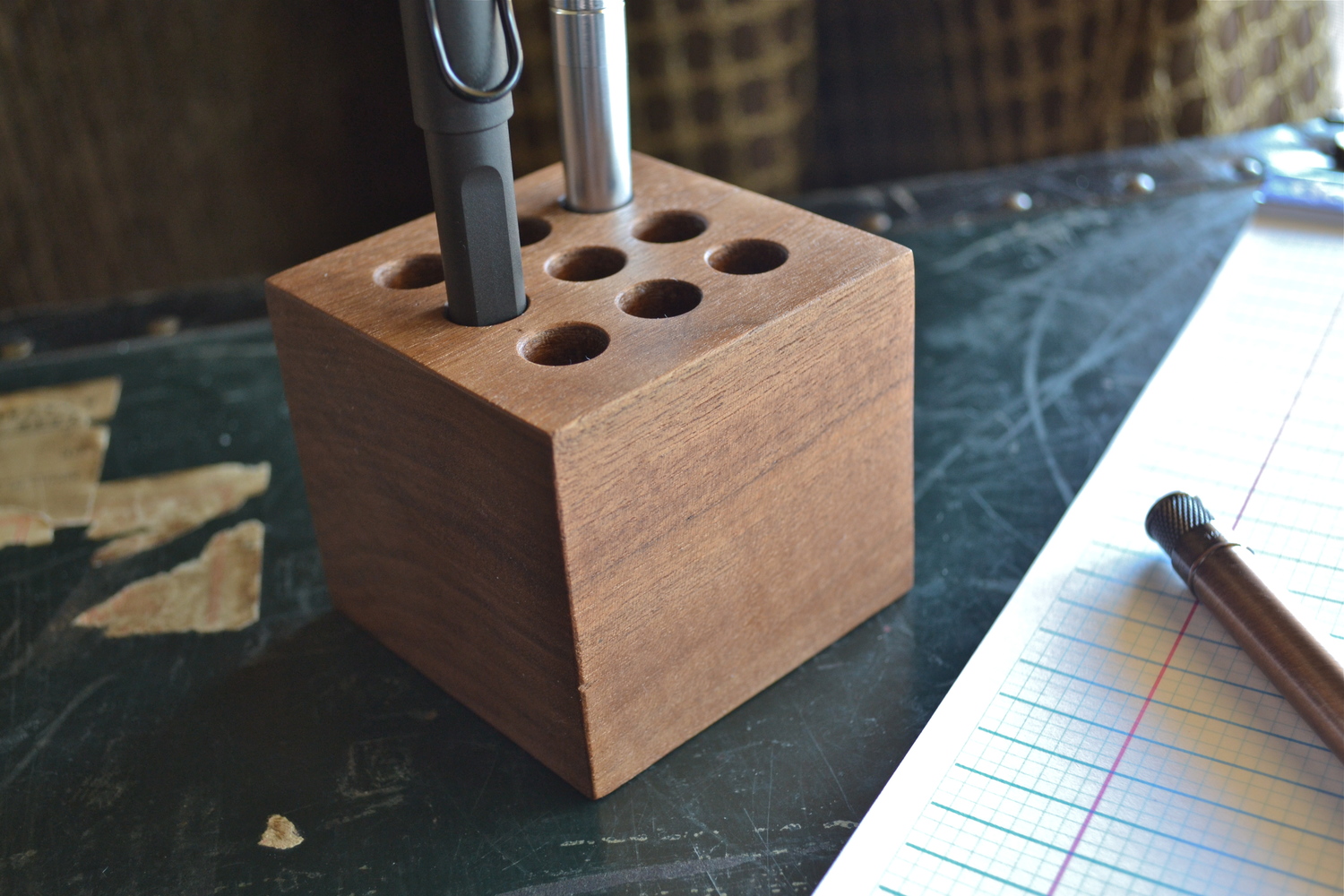Hello Everyone!
First and foremost, July was a fantastic month and thank you all for the generous support! I love creating my products and sending them out into the world. Thank you to those that have ordered and given me the opportunity to do so.
Secondly, for those that have been waiting to order, thank you for your patience as I took some time off during the month of August (as it is hot here in Arizona...).
The shop has reopened for new orders and please let me know if you have questions about any of the products!
- Mike






